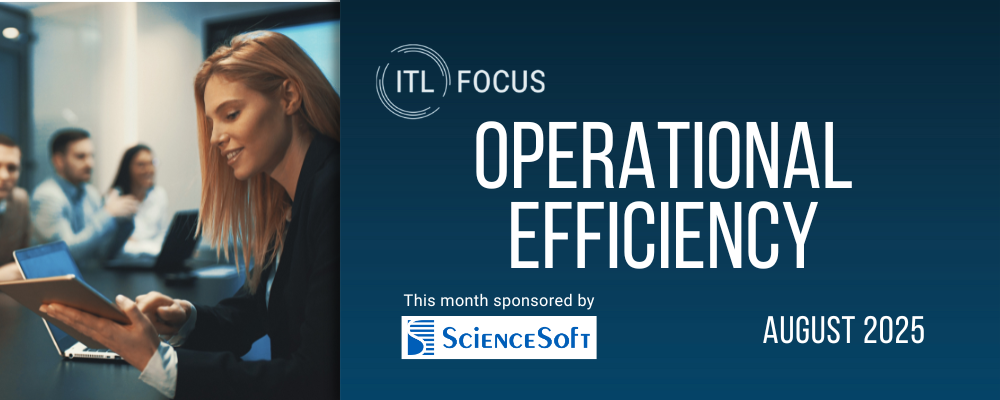Two million people work in the U.S. insurance industry. According to the U.S. Census Bureau, 300,000 of these workers will retire in the next three years, and 50% will retire by the end of this decade.
As it is, there are 200,000 unfilled positions in insurance, and, according to a recent study from the Hartford, only 4% of Millennials and Generation Z are considering insurance as a career option. They want work that’s more creative, expressive, meaningful.
Throw in COVID and the highest inflation rate the U.S. has experienced in over 40 years and we’re already seeing signs of what this means as last week American Family Insurance, based in modestly priced Madison, WI, raised their minimum wage to $23 an hour. Though we wholeheartedly support claim processors and contact center workers earning fifty grand a year, we also know insurance is a price-driven business, and those same workers will likely scour the market for the best-priced coverage they can find in response to relentless advertising from GEICO, Progressive and State Farm urging them to click and save.
The time to start automating knowledge work at scale is now. Results are not immediate. The transition to automation - and an automation-first mindset and culture - takes time.
Work automation is not about technology. It’s about process. A process that is best led by the line of business (LOB) or function head and not corporate IT. The LOB/function knows their business best, they’re closest to the action as things change, and they’ll want to "own" the automation as it rolls out. Thinking of bots as human workers, you want them rolling up to the LOB/function and not the IT organization. Corporate IT does play a vital role in work automation, but it’s a support role, like finance.
See also: Insurers Turn to Automation
We use a five-step process that’s remarkably low-tech. The five steps are as follows:
- Map workflows from standard operating procedure (SOP) documents. The only tools required are MS Excel and Vizio (which you already own).
- Identify and quantify specific activities, work products and work product volumes. In the world of knowledge work, there are only 20 possible activities in five categories: receive, review, perform, attend, send. You’ll also want to capture the IT systems required per activity.
- Eliminate waste and wasteful variability exposed by step 2. Workers tend to add their own spin to rote tasks, claiming their approach is unique. Force-fitting work processes into the 20 activities in step 2 exposes this fallacy. You want hard standardization of the best practices within each process/capability.
- Identify automation use cases and pilots. Look vertically within specific capabilities, e.g., claims, for enthusiastic stakeholders. Horizontal automation across capabilities (e.g., claims and policy administration) is more technically (and politically) fraught and comes later. Useful guiding metrics include: automation potential percentage and labor-intensive score. That said, be mindful that the ultimate goal is not to automate work per se but to increase operational efficiency and reduce digital customer friction toward higher revenues and retention rates. You’re looking for cost-out, yes, but also "customer-in."
- Build a directional automation business case. Include structure and strategy for scale, security and compliance, disaster recovery and risk management, change management and, last but certainly not least: the recruitment, upskilling and compensation of humans. It’s a truism that the more automation you have the more your humans matter.
Three observations about the five steps as they apply to most situations.
The first three steps function as a LEAN-like exercise, and as such unearth opportunities for productivity gains and cost-out. This is intentional, as the goal is to find self-funding, budget-neutral automation opportunities especially early on as automation resistance and skepticism are high. Think big, start small, success on a shoestring.
No major software investments are required. Though software will be necessarily tapped to build bots and string them together, most such tools are available for rent in the cloud and reasonably priced with license costs trending down. There is indeed a lot of large-scale digital transformation going on in insurance, by which we mean multi-year, capital-intensive, platform replacements. The approach outlined above is about rapid evolution over the T-word, working with legacy as-is, data where-at.
See also: How to Automate Your Automation
It’s natural to insist on a grand strategy up front, in step 1, before doing anything, but strategy is generated here at the end, in step 5. Work automation starts with the people and culture and internal systems that get work done today. Best to get started, working gradually, organically and, yes, aggressively (you can work through the five steps in as little as eight weeks). The resulting strategy document will feel more rock-solid and informed, with successful pilots to prove the concept.
Where to start? A recent analysis by McKinsey, with which we agree, says the most "automatable" lines of business in P&C are, in descending order: 1) workers comp, 2) auto, 3) fire, 4) property, 5) inland marine, 6) crop, and 7) general liability. Taking it by function, per the ACORD capability model, we recommend customer service, channel management, claims, contract administration and sales.
Wherever you choose to start, just break out the SOPs, dust them off and get mapping. Good luck.








